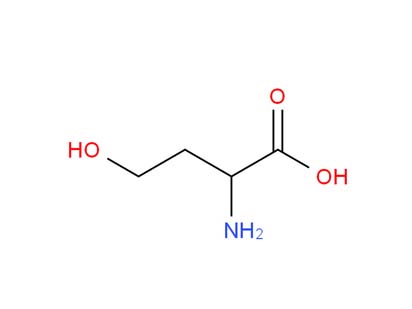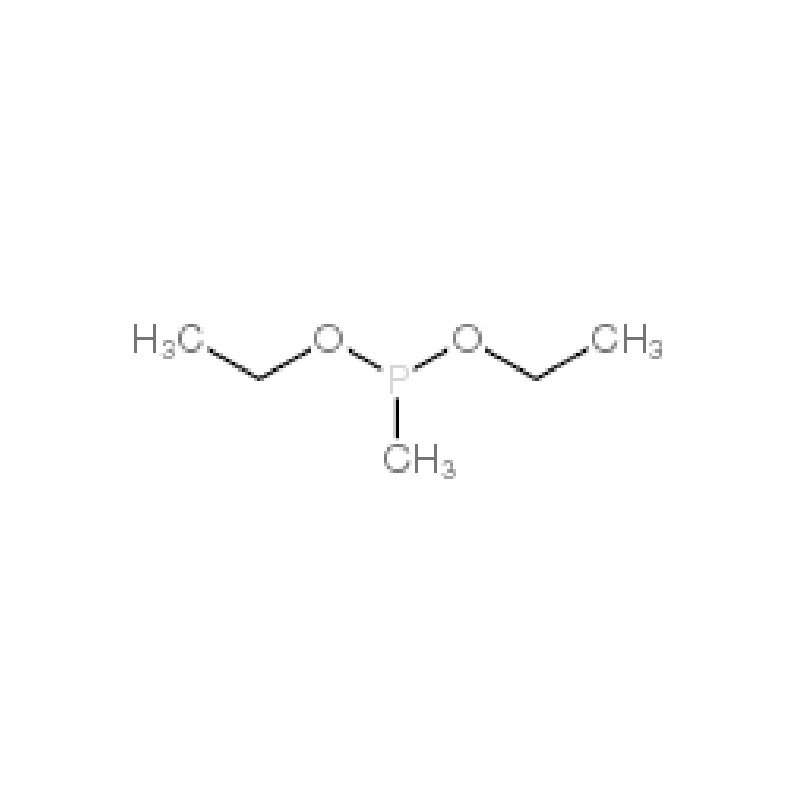Weed overgrowth costs the various industries listed above millions of dollars each year. What's more, homeowners are faced with the problem of trying to remove weeds from their yards every season. Commercial and marketed herbicides for the public are classified according to
Mode of action
Location of action
Chemical family
Time of application
Selectivity
translocation
Glufosinate
Although glyphosate remains one of the main active ingredients in herbicides for agricultural use, an increasing number of weed species are beginning to develop resistance to glyphosate. Glufosinate is a non-selective chemical herbicide developed to combat plants that have developed tolerance to glyphosate and have shown resistance.
What is glufosinate?
Glufosinate is a popular herbicide active ingredient commonly used to control weeds on crops. Glufosinate is also known by other names such as glufosinate, which is short for ammonium ammonium salt glufosinate.
Glufosinate is used to control a variety of weeds in crops after seedling emergence or to control vegetation on non-agricultural land. Glufosinate herbicides are also used to dry or desiccate crops prior to harvest.
Glufosinate Ammonium
Glufosinate Ammonium is a Group 10 herbicide and an organophosphorus compound. It is a contact semi-transferable herbicide which has the following effects.
Inhibits glutamine synthetase
Kills by inhibiting the ability of the plant to utilise nitrogen
Causes ammonia in the plant to become toxic to the plant
Very fast acting (24-72 hours) Should be mixed in 15 to 20 gallons of water per acre and sprayed in medium to coarse drops. Applications should not be made with LibertyLink and FloodJet nozzles, controlled droplet application equipment or air-assisted spraying equipment. Spraying is required when weeds are actively growing and is best applied during daylight hours at 86 degrees Fahrenheit or above.
Glufosinate is used in the following areas: airfields, airfields, alleys, paths and trails, access roads, around commercial or industrial structures, farm outbuildings, ornamental gardens and trees, shrubs and bare ground.
How does glufosinate work?
Glufosinate is an amino acid that works by inhibiting the activity of a plant enzyme called glutamine synthetase. This enzyme is essential for the metabolism of the affected plant. The application of glufosinate leads to a decrease in glutamine and an increase in ammonia levels in plant tissues. This causes photosynthesis to cease and the plant will die within a few days.
This chemical builds up at the plant's growing points, causing rapid overgrowth and eventually death. Death usually comes in just a few days to a few weeks.
Benefits of glufosinate
Glufosinate is very effective in the non-selective control of a wide range of weeds, especially those that have become resistant to the action of glyphosate.
Is glufosinate safe?
It is safe to use glufosinate according to label directions. Always read the product label for safety instructions for handling glufosinate.
We recommend exercising caution when handling glufosinate products (or any other chemicals we stock) and wearing safety protective equipment such as face shields, gloves and goggles and long sleeved clothing to ensure your safety. Please use the product in accordance with the label instructions to take appropriate safety precautions.
Huimeng Bio-tech is a biotechnology enterprise integrated of research, development, production and sales of high-tech products, such as pesticide and pharmaceutical intermediates, biological fermentation chiral compounds, agrochemical technicals and formulations.


Comments
Post a Comment